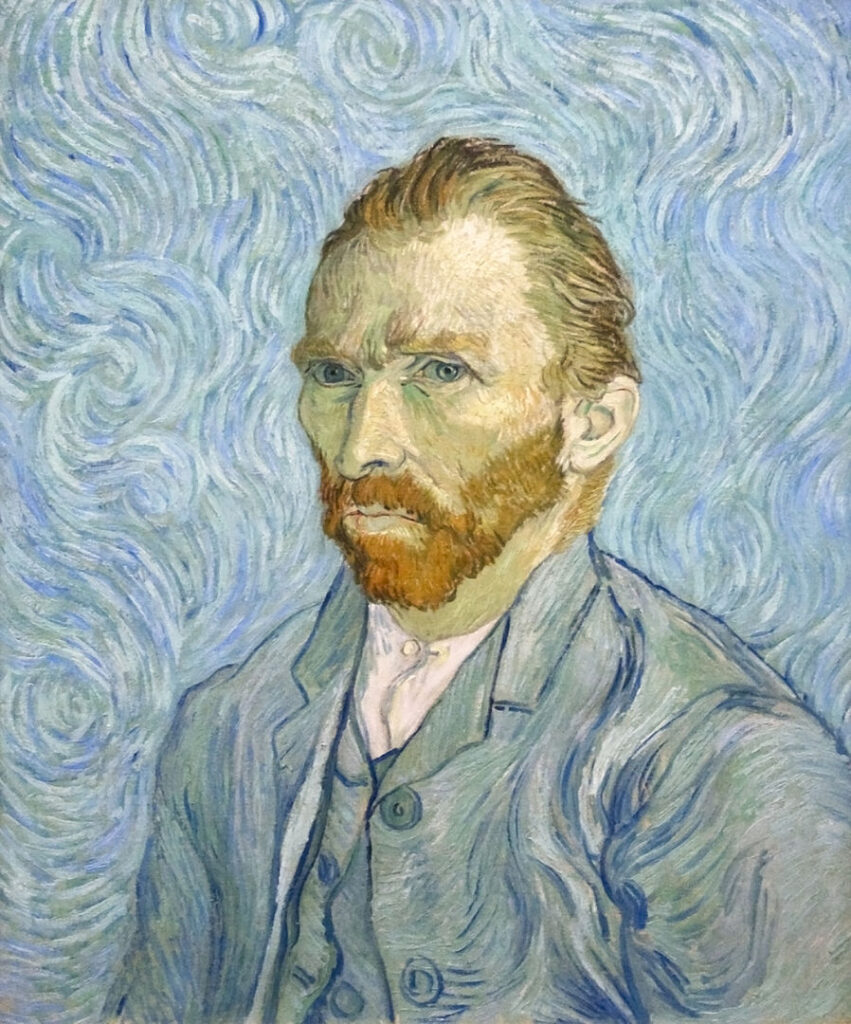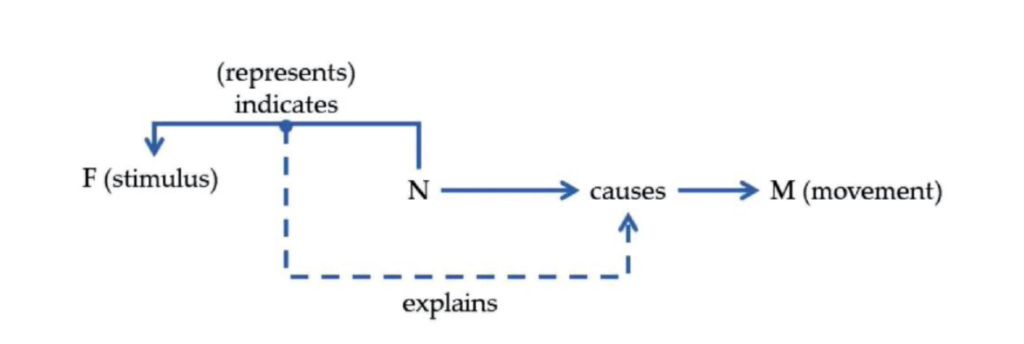
In this post, Charles Goldhaber discusses the article he recently published in Ergo. The full-length version of Charles’ article can be found here.
Something very surprising occurs in the “Conclusion” to Book I of David Hume’s A Treatise of Human Nature: he pauses to survey some of the skeptical strands within the “science of man”, and doing so causes his generally dispassionate tone to explode into a turbulent personal narrative.
He describes himself as plunging into an extremely gloomy mood. Sunken, he fancies himself
“some strange uncouth monster…inviron’d with the deepest darkness” (T 1.4.7.2).
When this “philosophical melancholy and delirium” reaches a fever pitch, Hume reports:
“The intense view of these manifold contradictions and imperfections in human reason has so wrought upon me, and heated my brain, that I am ready to reject all belief and reasoning, and can look upon no opinion even as more probable or likely than another” (T 1.4.7.8–9).
Hume’s drastic shift in literary style and severe mental state are striking, but perhaps even more surprising is the fact that, within just a few pages, he seems to have recovered entirely. He says:
“I feel an ambition to arise in me of contributing to the instruction of mankind, and of acquiring a name by my inventions and discoveries” (T 1.4.7.12).
He then launches headfirst into his account of the passions in Book II, seemingly untroubled by the skeptical implications of his own findings.
What happened here? How did Hume break out of his melancholy and resume his philosophical pursuits? Why did he even bother to write about his mental state—and in such a curiously stylish way at that?
I think the style of his writing is our best clue to answering all these questions. Or rather, the clue is Hume’s use of a swath of words and images deriving from ancient and medieval medicine.
On the humoral theory, health consists in a balance of four humors, or essential bodily liquids: black bile, blood, yellow bile, and phlegm. Each of them corresponds to one of four temperaments, or disposition to certain characteristic passions, actions, and ailments.
Interestingly, Hume’s recovery from “philosophical melancholy” in the “Conclusion” involves four transitional stages: Before resuming philosophy, Hume is melancholic, enjoys social pleasures, feels aggression toward philosophy, and then rests. Close attention to Hume’s description of these transitional stages reveals that he makes deliberate allusions to one of the four humors or temperaments in each.
This suggests that his recovery occurs when his cycle through the four humors produces a balance between them. For Hume, a healthy mental state is one which incorporates a moderate degree of all four temperaments.
Hume’s humoral allusions resolve a textual puzzle about the progression of his personal narrative in the “Conclusion.” Perhaps more interestingly, they also help us understand how Hume conceived of skepticism and its role in human life.
By associating excessive skepticism with melancholy, heated brains, and lycanthropic delusions, Hume invites his readers to conceive of it along the lines of classical diseases resulting from the excess of black bile. Such diseases were thought to have been especially common in philosophers, whose intense, often brooding reflections encouraged the production of black bile and the corresponding “melancholic” temperament. Philosophers would benefit from tempering these excesses through activities associated with the other humors or temperaments, as Hume himself does in the “Conclusion.”
Yet black bile was not taken to be inherently unhealthy. Some of it was necessary for humoral balance. Likewise, though Hume emphasizes the dangers of excessive skepticism, he finds a more moderate degree to be salutary. Hume’s invocation of the humoral theory of medicine then helps us see that skepticism can both threaten and restore a healthy mind, depending on the degree of its predominance in our thought.
You might wonder whether Hume would really invoke an antiquated medical theory in his writings. After all, Hume was highly critical of the “occult qualities” appealed to by the “antients” (T 1.4.3.8), and he wrote the Treatise during a boom in Scottish medical innovations.
You might also worry that Hume’s invocation of humoral theory saps his claims on the value and management of skepticism of any plausibility. After all, we know that health is more than a matter of balancing liquids.
Both worries are answerable. First, though by Hume’s youth humoral medicine had lost its status as the dominant theoretical orthodoxy, it continued to hold sway over medical practice. On top of this, temperament psychology remained a rich source of themes in literature well beyond Hume’s life.
Second, Hume’s point that skepticism can be both healthy and harmful depending on degree does not rely on any literal endorsement of humoral theory. Indeed, it’s unclear which medical theory Hume endorsed, if any. What is clear is that Hume found humoral theory to be a helpful analogy for thinking about how skepticism can be moderated in ways that promote healthy doxastic dispositions – and that is a point on which we can agree, even while rejecting the medical theory.
The humoral allusions in Hume’s discussion of skepticism can help us revive a promising approach to epistemology which currently has no modern equivalent. The core idea is that proper mental functioning involves a balance of tendencies to reason and believe in certain ways. Certain epistemic vices, such as skepticism and dogmatism, are extreme expressions of the very same tendencies. The vices are then more a matter of degree than of doctrine.
As a result, even skeptics and dogmatists can lead us toward proper mental functioning, when adopting some share of their dispositions helps us correct our own imbalances. We do not need to accept humoral theory to appreciate this idea, but it’s an idea that Hume’s invocations of humoral theory can lead us to see for the first time.
Want more?
Read the full article at https://journals.publishing.umich.edu/ergo/article/id/1127/
About the author

Charles Goldhaber is a Visiting Assistant Professor at Haverford College. His research focuses on skepticism in contemporary epistemology and the early modern era, especially in Hume and Kant.

















